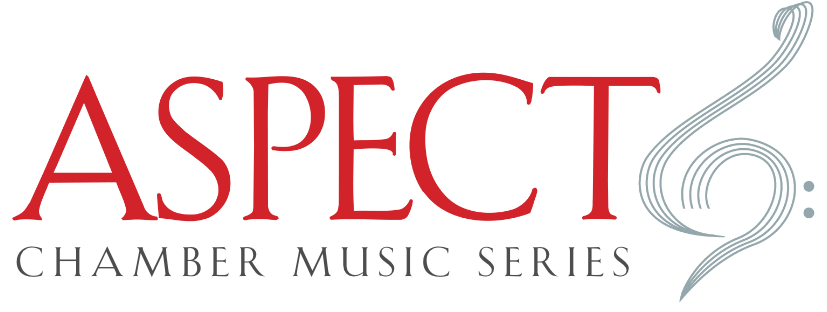MUSIC IN THE COURT OF LOUIS XIV
October 6, 2022 | Bohemian National Hall
Nola Richardson soprano
Parker Ramsay harp
Kevin Payne lute
Arnie Tanimoto viola da gamba
Illustrated talk by John Brewer
PROGRAM
Music by Francesco Corbetta, Jean-Baptiste Lully, Louis Couperin, Marin Marais, Louis-Nicolas Clérambault
Photographs by Alex Fedorov © 2022
‘Elegance’, wrote the French philosopher Blaise Pascal, ‘is a means of showing one’s power’. There is no more impressive demonstration of that than the Palace of Versailles, Louis XIV’s stupendously conceived ‘total work of art’, in which architecture, painting, sculpture, music, theatre, ballet, even garden design, were intended to proclaim the supremacy of Catholic Christianity and the majesty of Louis himself as its divinely-appointed ruler. The music of Versailles was a treasure house in itself, by no means all of it hymning Louis’s own magnificence. There are stunning love-songs, sublime religious music, opera in which song and dance were fused as never before, expressions of wonder at the riches of remote cultures, even music of profound lamentation. Hero or monster, Louis knew talent where he saw it, and at his magnificent court it was assembled and celebrated as never before in western culture - and perhaps never since.











